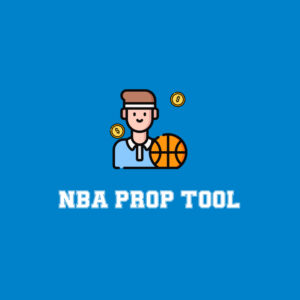
Are you tired of waiting for the next football season to begin? Do you wish that fantasy football never had to end? Well, you’re in luck. I’d like to introduce you to dynasty fantasy football — a fantasy format that is active all year-round, with no offseason. Played it before? Or new and not sure where to start? Let me help.
What Is Dynasty Fantasy Football?
A dynasty league is a league in which managers retain their rosters year over year. Once a player is acquired, he remains on the team until the manager decides to trade or release him. Due to the lack of roster turnover, the managers and their players have a greater sense of ownership. In order to achieve long-term success, managers must be willing to adapt and put in the time and effort needed to refine and replenish their roster over time. Every move and transaction are critical, as the repercussions can completely alter a team’s outlook for years to come. Managing a dynasty fantasy football team allows you to take on the role of an NFL owner and build an entire franchise from the ground up.
Positional Trends
Player production often strongly correlates with age but varies across different positions. Quarterbacks have the most extended shelf and can sustain high-level production well into their late 30s. Tom Brady is pushing that envelope after finishing as the QB3 last season at age 44. Youth is preferred but isn’t necessary when looking for a quarterback that can be productive for multiple seasons.

Age matters much more for running backs. Decline usually begins as early as age 27 and plummets even further the following season. It is best to view running backs in a two- to three-year window and look to find an immediate after a couple of good seasons.
Wide receivers and tight ends age more gracefully and can get better the longer they are in the league. They can remain elite assets well into their late 20s. Still, it’s best to be a year too early than a year too late and move on from them before they turn 30.
For further information on aging trends of the skill players, check out our own Daniel Kelley and his piece on “Beware the Over-30 Fantasy Football Option.”
Dynasty vs. Redraft
The timeline to compete in a dynasty vs. redraft league may vary. However, the end goal remains the same: Construct a roster to outscore your opponents and win a championship. One of the significant differences between the two formats is how you go about building your roster. Redraft is short-sighted, solely focusing on a single season. Dynasty is much more complex and requires a long-term approach. Unlike redraft, players on dynasty rosters can be kept forever. As a result, the rosters are larger, allowing players to develop and grow over time. Age and longevity also play a major factor in projecting a player’s trajectory across multiple seasons.
The Startup Draft
The startup draft is when your dynasty fantasy football league officially begins. You only get one chance to draft the foundation of your team, so you have to make it count. To set up your team for success, you must have a plan. First and foremost, know the setup of your league. Every league is different, so it is critical to be familiar with your league’s rules, settings, scoring and starting lineup. Knowing the makeup of your league will allow you to draft optimally and properly determine player and positional value. The draft may not fall your way, so be willing to adjust and adapt to the room. Unlike traditional drafts, a dynasty startup allows for trades. You can trade up to “get your guys” or trade down to acquire more capital and future picks. Having a vision for your roster will help you determine what players to target. You may opt to win now, build for the future, or fall somewhere between. Regardless of what method you choose, keep in mind that dynasty is still about playing the long game. Later-round picks can be spent prioritizing youth and upside or aging veterans that will provide stable production.
The Rookie Draft
Once the startup draft is concluded, the only drafts moving forward will be rookie drafts. As the name suggests, the rookie draft allows you to draft players from the incoming rookie class. During the rookie draft, players on the waiver wire listed as free agents may also be selected. The draft can occur before or after the NFL draft, depending on your league’s settings. The team’s year-end finish typically determines draft positions from the previous season. The best way to approach a rookie draft is to draft for value, not a necessity. If the best player available is unlikely to contribute to your roster, try trading down or flipping the pick for an established veteran.
No Days Off
Dynasty fantasy football provides the closest experience of what it takes to run an actual NFL team. To be a successful dynasty player, you must be willing to put in the time and effort. A dynasty isn’t built overnight; it requires year-round commitment. There are always moves to be made to fine-tune your roster. By taking part in a dynasty league, you begin to develop a greater appreciation for the game and experience fantasy football in a new way.

































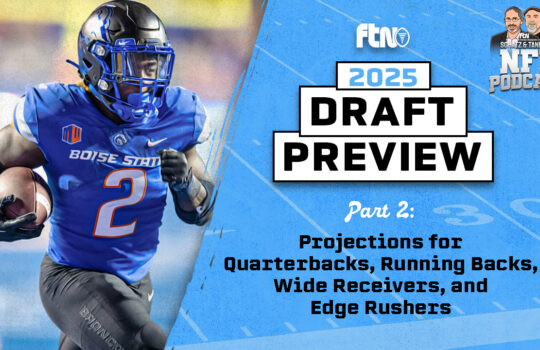

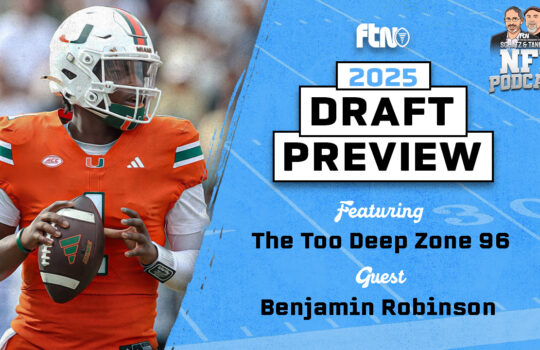









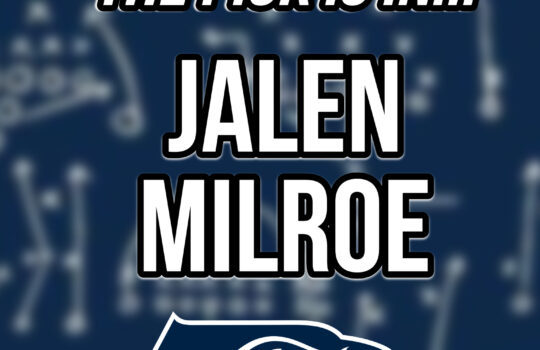

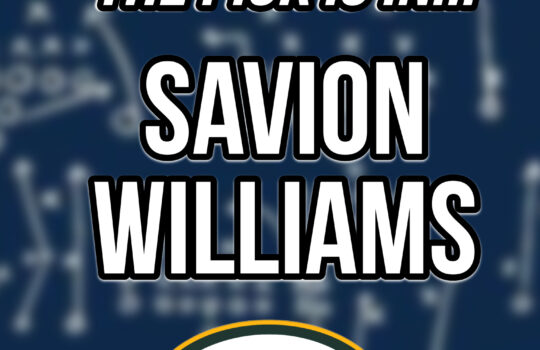
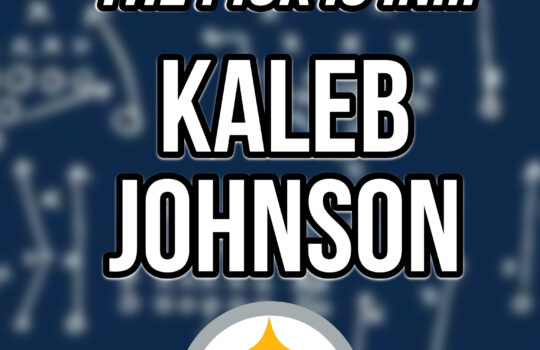

 New York Jets
New York Jets  New England Patriots
New England Patriots  Miami Dolphins
Miami Dolphins  Buffalo Bills
Buffalo Bills  Pittsburgh Steelers
Pittsburgh Steelers  Cleveland Browns
Cleveland Browns  Cincinnati Bengals
Cincinnati Bengals  Baltimore Ravens
Baltimore Ravens  Tennessee Titans
Tennessee Titans  Jacksonville Jaguars
Jacksonville Jaguars  Indianapolis Colts
Indianapolis Colts  Houston Texans
Houston Texans  Las Vegas Raiders
Las Vegas Raiders  Los Angeles Chargers
Los Angeles Chargers  Kansas City Chiefs
Kansas City Chiefs  Denver Broncos
Denver Broncos  Washington Commanders
Washington Commanders  Philadelphia Eagles
Philadelphia Eagles  New York Giants
New York Giants  Dallas Cowboys
Dallas Cowboys  Minnesota Vikings
Minnesota Vikings  Green Bay Packers
Green Bay Packers  Detroit Lions
Detroit Lions  Chicago Bears
Chicago Bears  Tampa Bay Buccaneers
Tampa Bay Buccaneers  New Orleans Saints
New Orleans Saints  Carolina Panthers
Carolina Panthers  Atlanta Falcons
Atlanta Falcons  San Francisco 49ers
San Francisco 49ers  Seattle Seahawks
Seattle Seahawks  Los Angeles Rams
Los Angeles Rams  Arizona Cardinals
Arizona Cardinals 
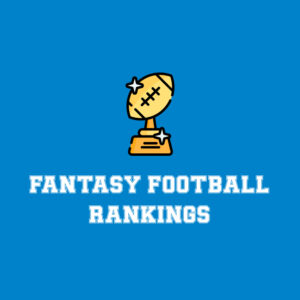
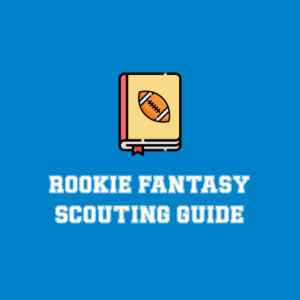
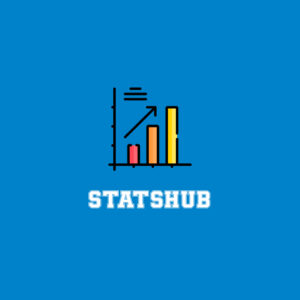




 Boston Celtics
Boston Celtics  Brooklyn Nets
Brooklyn Nets  Philadelphia 76ers
Philadelphia 76ers  New York Knicks
New York Knicks  Toronto Raptors
Toronto Raptors  Chicago Bulls
Chicago Bulls  Detroit Pistons
Detroit Pistons  Milwaukee Bucks
Milwaukee Bucks  Cleveland Cavaliers
Cleveland Cavaliers  Indiana Pacers
Indiana Pacers  Orlando Magic
Orlando Magic  Atlanta Hawks
Atlanta Hawks  Charlotte Hornets
Charlotte Hornets  Miami Heat
Miami Heat  Washington Wizards
Washington Wizards  Denver Nuggets
Denver Nuggets  Minnesota Timberwolves
Minnesota Timberwolves  Oklahoma City Thunder
Oklahoma City Thunder  Portland Trail Blazers
Portland Trail Blazers  Utah Jazz
Utah Jazz  LA Clippers
LA Clippers  Golden State Warriors
Golden State Warriors  Los Angeles Lakers
Los Angeles Lakers  Phoenix Suns
Phoenix Suns  Sacramento Kings
Sacramento Kings  Dallas Mavericks
Dallas Mavericks  Houston Rockets
Houston Rockets  Memphis Grizzlies
Memphis Grizzlies  New Orleans Pelicans
New Orleans Pelicans  San Antonio Spurs
San Antonio Spurs 


